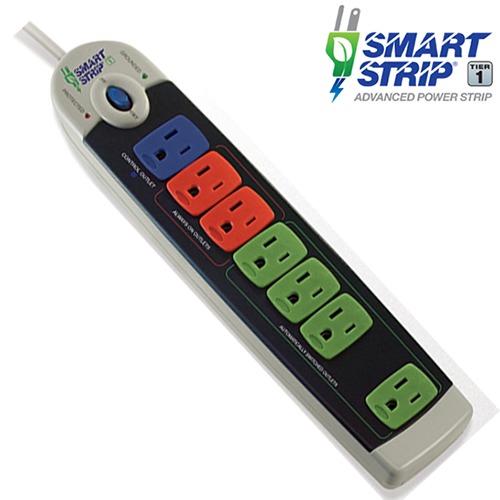Adopt a "strawbagger mindset!"

Sustainable Home Products
What are Sustainable Home Products?
Sustainable home products refer to household goods designed and manufactured with minimal environmental impact, aiming to reduce waste, conserve natural resources, and promote healthier living spaces. These products are typically made from renewable, recycled, or biodegradable materials and are created through ethical and eco-friendly production practices.
Applications of sustainable home products span nearly every area of domestic life, including:
Cleaning supplies: Non-toxic, biodegradable cleaners packaged in refillable or recyclable containers.
Kitchenware: Items made from bamboo, recycled stainless steel, or compostable materials.
Textiles: Organic cotton or linen bedding, towels, and curtains that are free from harmful dyes and chemicals.
Furniture and décor: Pieces crafted from reclaimed wood or responsibly sourced materials using low-emission manufacturing.
Energy-efficient appliances and lighting: Products that reduce electricity and water consumption.
By incorporating sustainable home products, consumers support a lower-carbon lifestyle, help reduce pollution, and encourage more responsible production and consumption systems.
Examples of Sustainable Home Products
Energy Saving Power Outlets
An energy-saving power outlet, often referred to as a "smart" or "intelligent" power outlet, is a device designed to help reduce energy consumption and electricity costs by controlling the power supply to connected devices and appliances.
These outlets are typically part of a broader category of products in the field of home automation or the Internet of Things (IoT). They offer various features and capabilities to optimize energy usage in different ways, such as:
1. Remote Control: Energy-saving power outlets are often controllable remotely through a smartphone app or a centralized home automation system. This allows users to turn devices on or off from anywhere, ensuring that devices are not powered on unnecessarily.
2. Scheduling: Users can create schedules to automatically turn connected devices on or off at specific times. This can be useful for turning off lights or electronics when they are not in use, or for turning on devices like coffee makers or space heaters before you arrive home.
3. Energy Monitoring: Some smart outlets can monitor the energy consumption of connected devices and provide real-time or historical data. This allows users to identify power-hungry appliances and make informed decisions about energy usage.
4. Power Strips: Energy-saving power strips are multi-outlet devices that often include a few smart outlets and some regular outlets. These can help manage multiple devices simultaneously.
5. Voice Control: Many energy-saving power outlets are compatible with voice-activated virtual assistants like Amazon Alexa, Google Assistant, or Apple's Siri, making it easy to control devices with voice commands.
6. Geofencing: Geofencing technology allows devices to automatically turn on or off when you enter or leave a predefined geographic area, such as your home.
7. Occupancy Sensors: Some outlets come with built-in occupancy sensors that detect when a room is unoccupied and can automatically turn off connected devices to save energy.
The primary goal of energy-saving power outlets is to reduce standby power consumption (commonly referred to as "vampire power" or "phantom load") and promote more efficient use of electricity, leading to lower energy bills and reduced environmental impact.
These outlets are beneficial for managing home appliances, entertainment systems, and other electronic devices that consume power in standby mode.
When considering an energy-saving power outlet, it's essential to check for compatibility with your specific devices, the convenience of the control methods, and the ability to integrate them into your existing smart home ecosystem if you have one.







Sustainable Home Products Marketplace
Take a look at a variety of sustainable home products here ==>>
